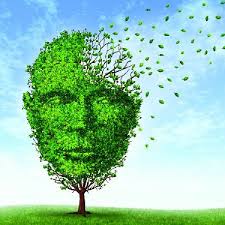“Possession is 9/10’s of the law” is an idiom, in English at least, meaning that, given no authoritative evidence to the contrary, having something in one’s possession is equivalent to to owning it, and due the rights and obligations owning something implies. Hold this thought.
In this project we explore how two groups of professionals, Speech and Language Therapists and Industrial Designers, and their respective clients utilize objects in their interactions with each other. For both professions, objects are ubiquitous in client interactions, figuring as predominate tools for encouraging particular sorts of talk. In Speech and Language Therapy typically pre-made objects are embedded into interaction to stimulate talk about the objects, in particular inscriptions made upon them. The everyday uses of the objects are rarely relevant, for example, newspaper clippings are not read for what they are, but used to promote topics upon which talk can be based. In Industrial Designs, object are essential to the notion of the ‘tangibility’ of design, the idea being that various ways of physical handling in space and talking about usually quite amorphous and not ‘pre-made’ objects will lead to innovation. In these ways the two professions provide distinctively different goals and methods for objects in their practices.
Our focus in this project is the differential distribution of rights and responsibilities for action amongst participants and objects that may come into their possession in the two sets of professional practices. Mapping out these rights and responsibilities involves illustrating how objects become embedded in the activities, through being brought into play both physically and as part of a practice. Both the physical and the practical are always in focus. We also look at what having the object means with regard to rights and responsibilities for structuring action. for example who holds the object when it is used for turn construction, what is accomplished when the object changes hands, how is the placement of objects in physical space consequential for the activity? Finally, we attempt to show how these rights and responsibilities map onto activities within the two professions. To do this, we show how objects and their handling are part of the differential distribution of rights of responsibilities and identity work characteristic of professional activity. And in this way, we will not only offer a detailed description of the practices per se but also if the distinction in the professions’ goals and methods for using objects is accounted for in the practices themselves.
Dennis Day & Gitte Rasmussen
Data: Video recording of Speech and Language Therapy consultations and Video recordings of Industrial Design sessions.
Benefits: Professional Development
